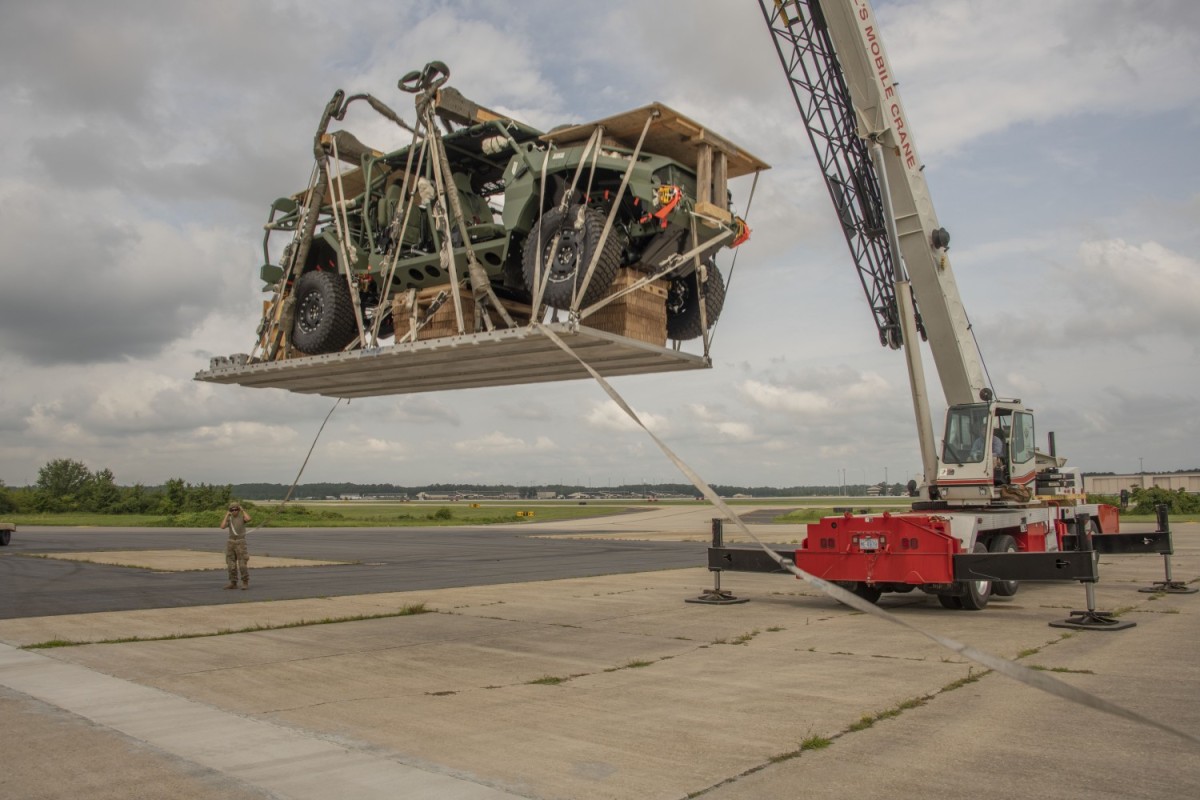


https://www.army.mil/article/259571/pro ... gedization



Anscheinend hat jedes Land (auch die Usa) eine "Tanner".... ;-)
https://www.dote.osd.mil/Annual-Reports ... al-Report/Mobile Protected Firepower (MPF)
[...]
EFFECTIVENESS
The MPF’s progress toward achieving operational effectiveness is satisfactory. Risk to achieving operational effectiveness include: minimizing the MPF’s audible signature, improving compatibility
of MPF and infantry target designators to allow sharing of target information, and improving the usability of the intercom system. The companies equipped with the MPF accomplished their missions more consistently than a unit without MPF support and took fewer casualties during force-on-force operations.
[...]
SUITABILITY
Vehicle reliability and availability support infantry brigade operations. The MPF shares many fire control components with the Abrams tank. The similarity in turrets will allow MPF crews to train on existing Abrams simulators, and reduces the vehicle-specific training that maintainers will need to support the MPF. Developmental testing found that the MPF had high levels of toxic fumes when firing the main gun, requiring modifications to crew procedures during gunnery to mitigate the build-up of fumes in the turret.
SURVIVABILITY
Live Fire testing using operationally realistic threats revealed vulnerabilities. Details, including threat descriptions and survivability performance, can be found in the classified LFT&E annex to the DOT&E Operational Assessment Report published in April 2022. The classified annex assesses test adequacy and platform survivability of the MPF when exposed to relevant threats. The Army is implementing the survivability recommendations identified in the classified annex for GDLS. The Army will begin lethality and live fire testing of GDLS-produced low-rate initial production-representative vehicles in FY23.
RECOMMENDATIONS
The Army should:
1. Continue implementing system design fixes to reduce the high levels of toxic fumes when firing the main gun.
2. Continue improving the vehicle’s cooling system to reduce preventive maintenance checks and services time required.
3. Continue addressing the survivability recommendations highlighted in the classified annex found in the DOT&E Operational Assessment Report published in April 2022.
4. Improve Real-Time Casualty Assessment capabilities to replicate target effects against non-vehicle targets such as bunkers and walls to improve combat realism and training value.